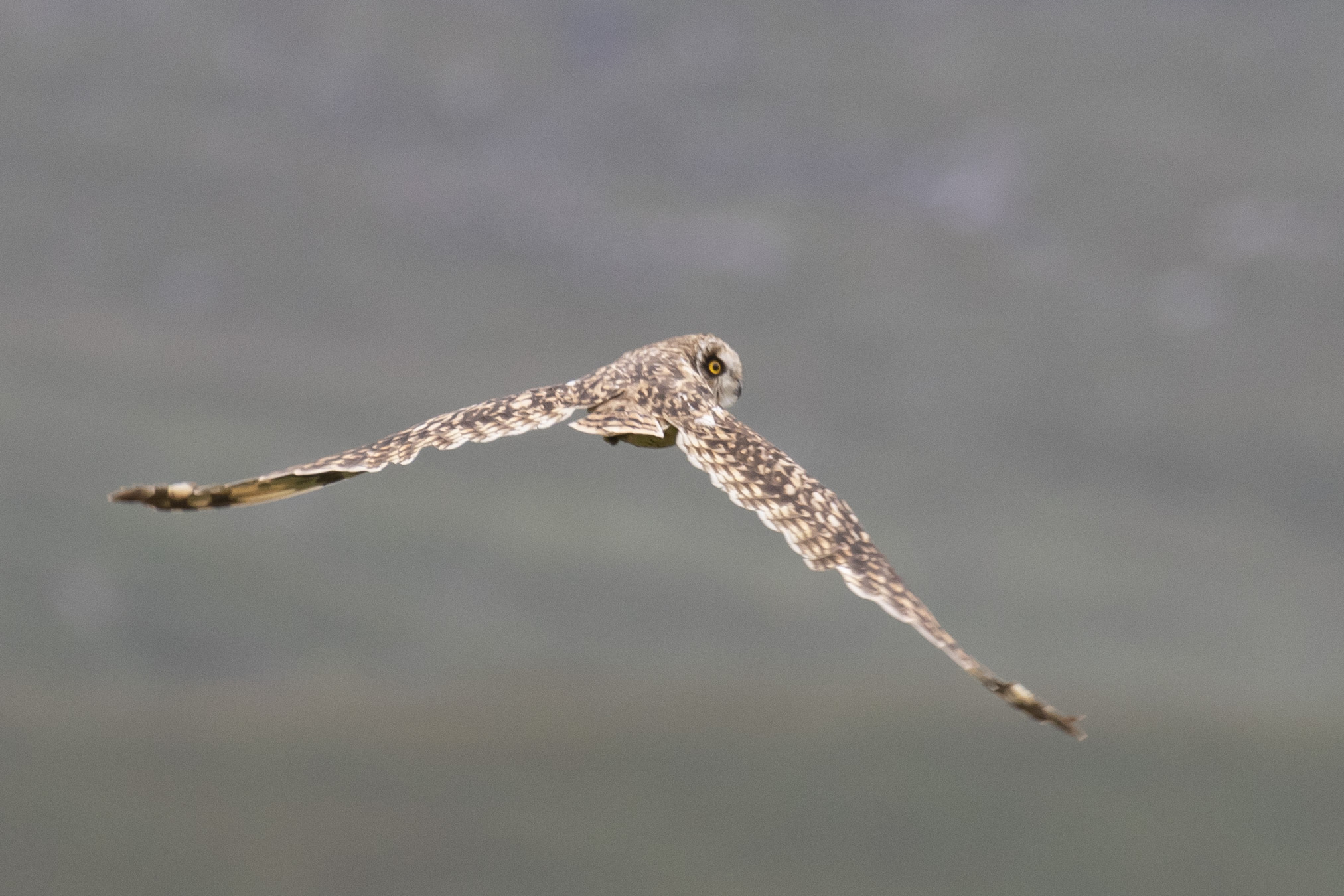There are many reasons why one would want to go to Scotland. There are mountain bird species, breeding seabirds and waders, spectacular scenery and a real sense of the wild. It is said that when the sun shines in Scotland, it is one of the greatest landscapes on earth. Unfortunately, the sun rarely shines in Scotland. The summer weather is notoriously unreliable, perhaps one reason why the most popular Scottish word is “dreich“, meaning dreary, gloomy, miserable, grey, depressing and devoid of sunshine. So when planning a family holiday, suggesting that we go to Scotland always held an unacceptably high degree of risk for precious time-off.
But then came the pandemic. Sunshine abroad did not feel right, whilst accommodation in the south and west of England rocketed in price, but still sold out months in advance. So, when a friend hinted that there may be some availability at his family’s house on the Isle of Skye, I began to look at Scotland once again.
Fortunately, the weather gods were on our side. We left southern England in a heatwave that traveled north with us throughout the first week of our trip. We passed through the highlands of mainland Scotland under blue skies with perfect visibility. Below, the Glen Coe range behind Lochan na h-Achlaise:

Our first day on the Isle of Skye was dawn till dusk sunshine. The highest peaks on Skye, the Black Cuillins, formed a backdrop to the view from our house. The views were unbelievable. Time to begin some local birding:

The most obvious local birds were Lesser Redpolls. Large family groups were noisy, conspicuous and everywhere. The valley rang with the “chett-chett” flight calls of adult birds. Below, juvenile Lesser Redpoll:

The local Stonechats appeared to have had a good breeding season, with many juvenile birds, being fed by adults:


The commonest local warbler was Willow Warbler, with only one Chiffchaff recorded. There were many juvenile Willow Warblers in the garden:

There was a singing Grasshopper Warbler in the field next door, Whitethroats in the bushes and a Sedge Warbler passed through mid-week. Wheatears could be seen on the nearby headlands, the adults moulting out of their breeding plumage:

There were small numbers of Rock Doves in the valley. One morning, a flock of five landed on the roof of our house:

There was at least one pair of Raven in the valley, but all the local crows were Hooded Crows:

There was a Sand Martin colony by the river. This must be one of the most north-westerly colonies in the UK, though I believe there are breeding birds on the southern Outer Hebrides which may take that title. Although the breeding season was coming to an end by late July, there were at least two active nests. This bird is returning to the colony with a full crop of insects:

The abundant gulls around the river and beach were Common Gulls, with only the occasion Herring, Lesser or Greater Black-backed Gulls joining them:

A flock of Greylag Geese spent the days alternating between feeding in the farmland opposite our house or bathing in the river:

In the evenings, the geese were joined by Red Deer, including this stag:

The shoreline held Rock Pipits, including this very worn adult:

Juvenile Rock Pipits have surprisingly bright pink legs and have yet to develop the long dark bill of adults:

There were small numbers of waders around the river. Small groups of vocal Oystercatcher and Curlew were common, with Ringed Plover on the beach. Common Sandpipers were seen frequently, by the sea and the river. Twice I saw Greenshank here, though they were always distant. I think the small number of dark-centered scapulars mean that this is a summer plumaged adult, so possibly a local breeder:

Below, this surprise wader flew around Loch Brittle and then back out to sea. It appeared nearly all-white in flight and when I first got onto it, as it flew directly towards me, I had no idea what it was. This oddly pale Whimbrel is either extremely heavily worn and abraded, or is a leucistic bird:


Further out in the loch were small groups of Red-throated Diver, up to 15 in total, though they were always very distant. I had good ‘scope views of these birds, which were very socially active. Below, this pair of Red-throated Divers submerged their bodies and cut through the water with necks held stiff and erect, driving away other birds:

Whilst walking up into the mountains or along the local peninsular, I often head a harsh “ka-ka-ka-ka” call, that initially I thought may be Red Grouse calling. Eventually I located the source of these calls, they were high-flying Red-throated Divers, coming in over the mountains to feed in Loch Brittle:

On one afternoon we flushed a Short-eared Owl from just by our feet, not far up the hillside behind our house:

Local insects included Golden-ringed Dragonflies:

This male Common Darter:

… and abundant Scotch Argus butterflies, a species only found in the Highlands and Islands of Scotland:

Next: boat trips from the Isle of Skye.
